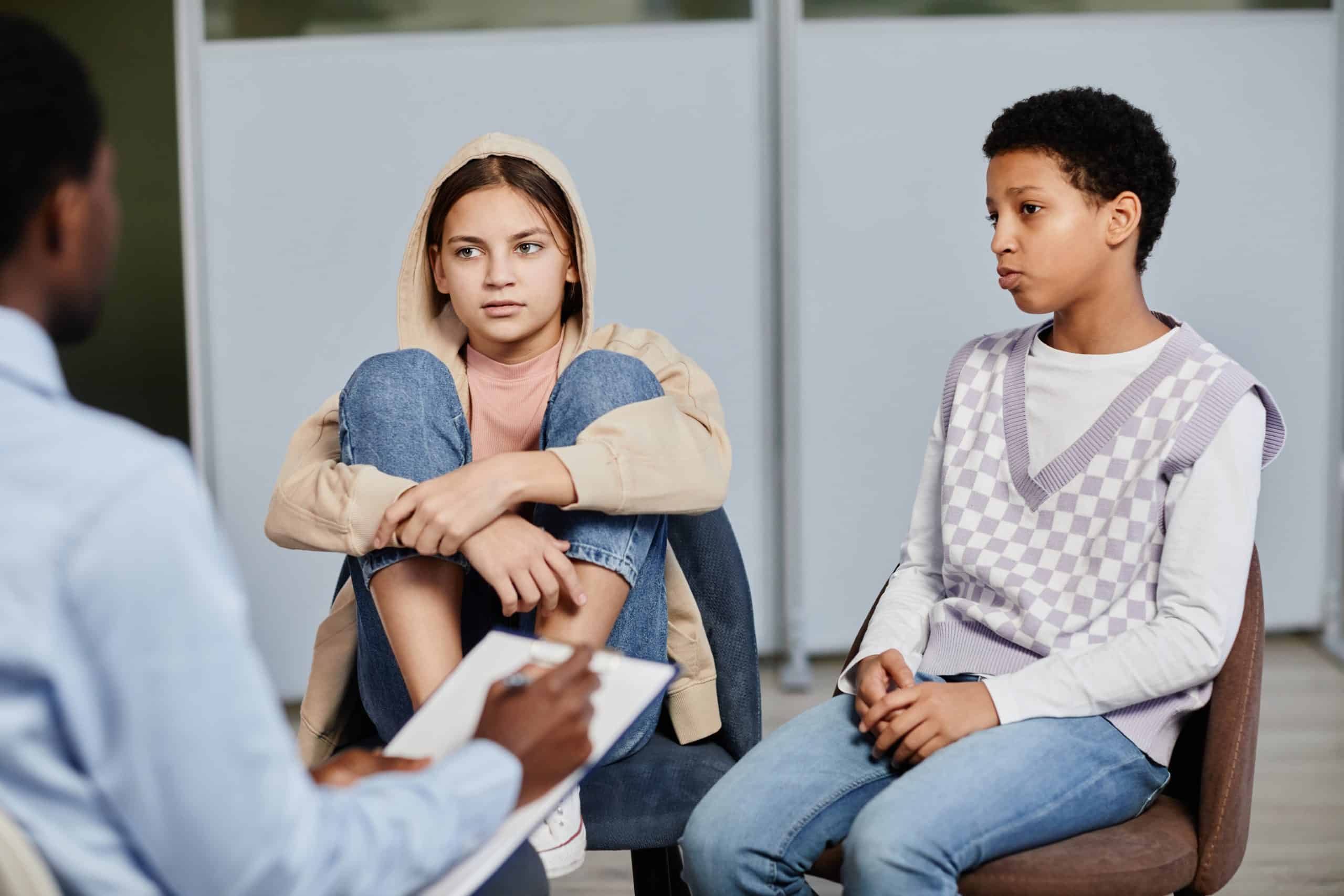How Can Art and Music Therapy Benefit Children with Autism?

In our complex world filled with various challenges, it’s key to identify and utilize innovative and effective methods to help children with autism reach their fullest potential. One area that has shown significant promise is the fusion of art and music therapy. These non-invasive therapies have been proven to benefit children with autism in numerous ways, from enhancing their communication skills to alleviating their anxiety levels.
In this article, we will delve into how these therapies operate and the ways in which they positively impact children with autism. This piece is particularly valuable for parents, caregivers, educators, and therapists seeking to broaden their understanding of these therapies and their potential benefits for children with autism.
This might interest you : Top choices: the 9 best weight loss pills & fat burner supplements
Understand the Power of Art Therapy
Art therapy is a therapeutic intervention that leverages the power of creativity and self-expression. It holds a unique position in the therapy landscape due to its flexibility and adaptability.
Art therapy involves using artistic mediums to help children with autism express their feelings and emotions when words fail them. The therapeutic process can involve drawing, painting, sculpting, or any other form of creative expression.
Also read : How Can Integrative Medicine Enhance Traditional Cancer Treatments?
The power of art therapy for children with autism is multi-faceted. Firstly, it presents a non-threatening mode of self-expression. Autistic children often struggle with expressing their thoughts and feelings verbally. Art therapy provides an alternative, non-verbal medium that enables them to communicate in a more comfortable and meaningful way.
Moreover, art therapy can help these children improve their social skills. As they work on art projects in group settings, they learn to interact, share, and cooperate with others. This not only enhances their social capabilities but also boosts their self-confidence.
The Magic of Music Therapy
Music therapy is another non-invasive therapeutic approach that has proven to be effective for children with autism. It involves using music-related activities, such as singing, playing instruments, and listening to music, to foster emotional expression, improve social interaction, and develop communication skills among children with autism.
Music therapy for children with autism is magic in motion. It’s a tool that unlocks doors to communication, expression, and interaction that other methods may not be able to open.
When children with autism engage in music therapy, they become part of an environment that is accepting and encouraging. The rhythmic patterns in music can help them develop a sense of structure and order, which is often comforting for children with autism.
Moreover, music therapy can also improve the motor skills of these children. Playing musical instruments, for example, not only fosters their creativity but also enhances their hand-eye coordination and fine motor skills.
The Convergence of Art and Music Therapy
The intersection of art and music therapy offers a dynamic platform for therapeutic intervention for children with autism. The combination of these two creative branches provides a unique and powerful means of communication and expression.
When art and music therapies are used in tandem, they create a holistic therapeutic approach, enhancing the strengths of each therapy while mitigating their limitations.
For instance, a child who struggles with engaging in art therapy might find music therapy more accessible and enjoyable. The artistic expression fostered by art therapy can be complemented and amplified by the rhythmic and expressive elements of music therapy.
Impact on Communication and Social Interaction
One of the most remarkable benefits of art and music therapy for children with autism is the impact on their communication and social interaction.
Both art and music therapy can help children with autism enhance their communication skills. They offer an alternative means of expressing thoughts, feelings, and experiences, which can be particularly beneficial for children who struggle with verbal communication.
Moreover, these therapies also promote social interaction. Group tasks and activities in both art and music therapy sessions provide opportunities for these children to interact with peers, improving their social skills and helping them build meaningful relationships.
Alleviating Anxiety and Promoting Personal Growth
Children with autism often experience high levels of anxiety. The safe and supportive environments created by art and music therapy can significantly alleviate this anxiety, promoting calm and relaxation.
Furthermore, these therapies also encourage personal growth. The creative process involved in art and music therapy fosters a sense of achievement and self-efficacy among children with autism. They learn to take pride in their creations, boosting their self-esteem and confidence.
It’s critical to acknowledge that while art and music therapy can provide numerous benefits for children with autism, they are not standalone solutions. Instead, they should be integrated into a comprehensive treatment plan that addresses the unique needs of each child. The goal is to create a multidimensional approach that encourages growth, development, and well-being.
Incorporating Art and Music Therapy into Daily Life
Incorporating art and music therapy into the routine of children with autism can be a rewarding and enjoyable experience for both the child and their caregiver. These therapeutic forms can be seamlessly integrated into everyday life, enhancing the child’s overall well-being and aiding their development.
For instance, a quiet afternoon could be utilized for a soothing art session. Provide a variety of materials like paint, crayons, clay, or paper and let the child express themselves freely through their creations. Not only does this activity allow them to communicate their feelings in a non-threatening way, but it also helps improve their fine motor skills.
On the other hand, music therapy can be as simple as incorporating rhythmic songs or tunes into the child’s routine. It could be as easy as singing a song during bath time, playing soft music at bedtime, or encouraging the child to play a simple musical instrument. These activities can foster a sense of routine and comfort, improve their motor skills, and enhance their emotional expression.
The key is to make these therapeutic activities a fun and enjoyable part of the child’s routine. This not only increases their engagement but also enhances the effectiveness of the therapy. While professional guidance is beneficial, parents and caregivers can also incorporate these therapies into their child’s routine, making therapy an integral part of daily life.
Conclusion: Harnessing the Power of Creativity
Evidently, the power of art and music therapy in aiding children with autism cannot be overstated. These non-invasive therapies have shown significant promise in enhancing the communication skills, social interaction, emotional expression, and overall well-being of children with autism.
Art and music therapy provide a unique platform that allows children with autism to communicate and express themselves in a comfortable and meaningful way. They promote social interaction, alleviate anxiety, foster a sense of achievement, and encourage personal growth.
By incorporating these therapies into the daily routine of children with autism, we can create a therapeutic environment that nurtures creativity, enhances self-confidence, and promotes overall development. It’s a holistic approach that harnesses the power of creativity to aid in the development of children with autism.
However, it’s essential to remember that art and music therapy are not standalone solutions. They should be integrated into a comprehensive treatment plan that is specifically tailored to address the unique needs of each child. A multidimensional approach that includes a combination of therapies is the best way forward.
In the evolving landscape of therapeutic interventions for children with autism, art and music therapy hold a unique and promising position. They are powerful tools that can help unlock the potential of these children, fostering their growth and aiding their journey towards reaching their fullest potential.
